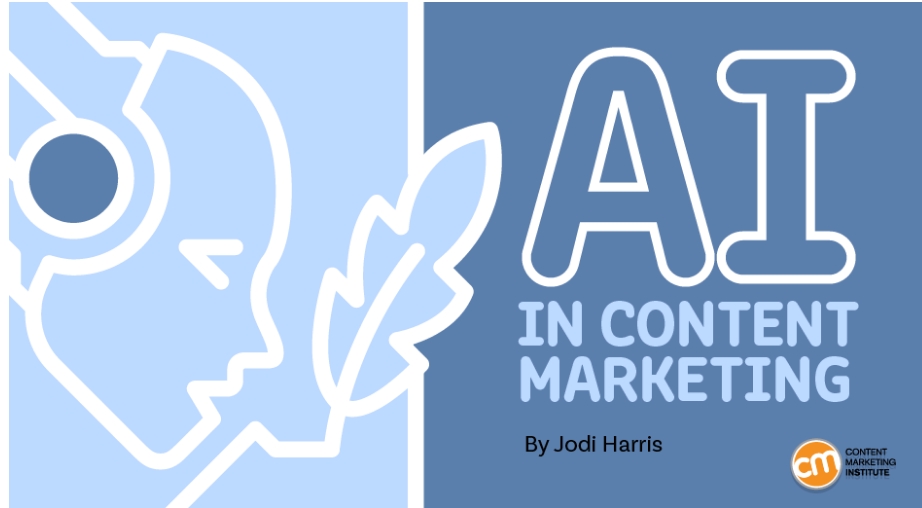Technological disruption is par for the course in content marketing. But generative AI hits differently and closer to home.
These versatile tools can speed up tedious production tasks and spare writers the frustration of staring at a blank page. But you can’t just plug them in and sit back while they do all the work.
The value of AI tools depends on the effort you put into them. You can make smart decisions on how to apply these technologies and carefully edit its output to ensure it meets the brand’s standards.
Do: Use AI for writing and editing assistance
Generative AI tools can help you overcome lank-page syndrome” by acting as your research and brainstorming buddy. They can also help you stay on-brand, providing editing tips for tone and style. Some generative AI tools also provide an SEO assist during the writing process or use your proprietary content to create derivate pieces. – Wendy Covey, co-founder and CEO, TREW Marketing
The best way to use AI for content can be summed up by this phrase: “Say it better.” There are times when what you’ve expressed, especially in the written word, isn’t what you want it to be – something is missing, confusing, or simply “off.” It’s in these moments that AI has incredible value. – Marcus Sheridan, vice president, Marcus Sheridan
Use AI as a way to check that all long-format copy is consistently on brand voice and tone. It’s also a free and easy way to proofread. – Jennifer Harmon, content strategist and creator, Convince & Convert
Don’t: Replace skilled (human) team members
Generative AI should make doing your work easier, not replace the work done by professional creatives. It’s useful for filling in bandwidth or resource gaps – like creating an image quickly instead of looking through stock images for hours. It can suggest titles for articles and subject lines for newsletters if that’s not your strength. You can use it to generate ideas for a topic’s scope to ensure you’re not leaving out an important subtopic. – Ruth Carter, evil genius, Geek Law Firm
Teams that see generative AI as a way to cut staff and increase content volume without making process improvements are doomed. There are reasons why journalists and content strategists have developed processes like style guides, content briefs, fact-checking, and developmental edits. Generative AI doesn’t make those things skippable. – Jeff Coyle, co-founder and chief strategy officer, MarketMuse, Inc.
Do: Sharpen your audience understanding
Create an AI-powered marketing persona. Check it against your persona research. Improve it until you feel it’s mostly accurate, and then ask it lots of questions:
- What does your audience worry about?
- Where do they get their information?
- What topics are most helpful for their jobs to be done?
- What triggers them to go looking for answers or help?
- What information do they need before they’re willing to become a lead?
Unlike humans, you can quiz your new AI persona day or night. It never gets tired of sharing insights with you. – Andy Crestodina, co-founder and CMO, Orbit Media Studios
Generative AI tends to give good insights into how the audience does research and how to prioritize their needs. For instance, ask ChatGPT, “What are the top features that [our core audience] should prioritize when shopping for [our products/services]?” and you’ll see exactly what points your content needs to address. – Zontee Hou, director of strategy, Convince & Convert…Read More

